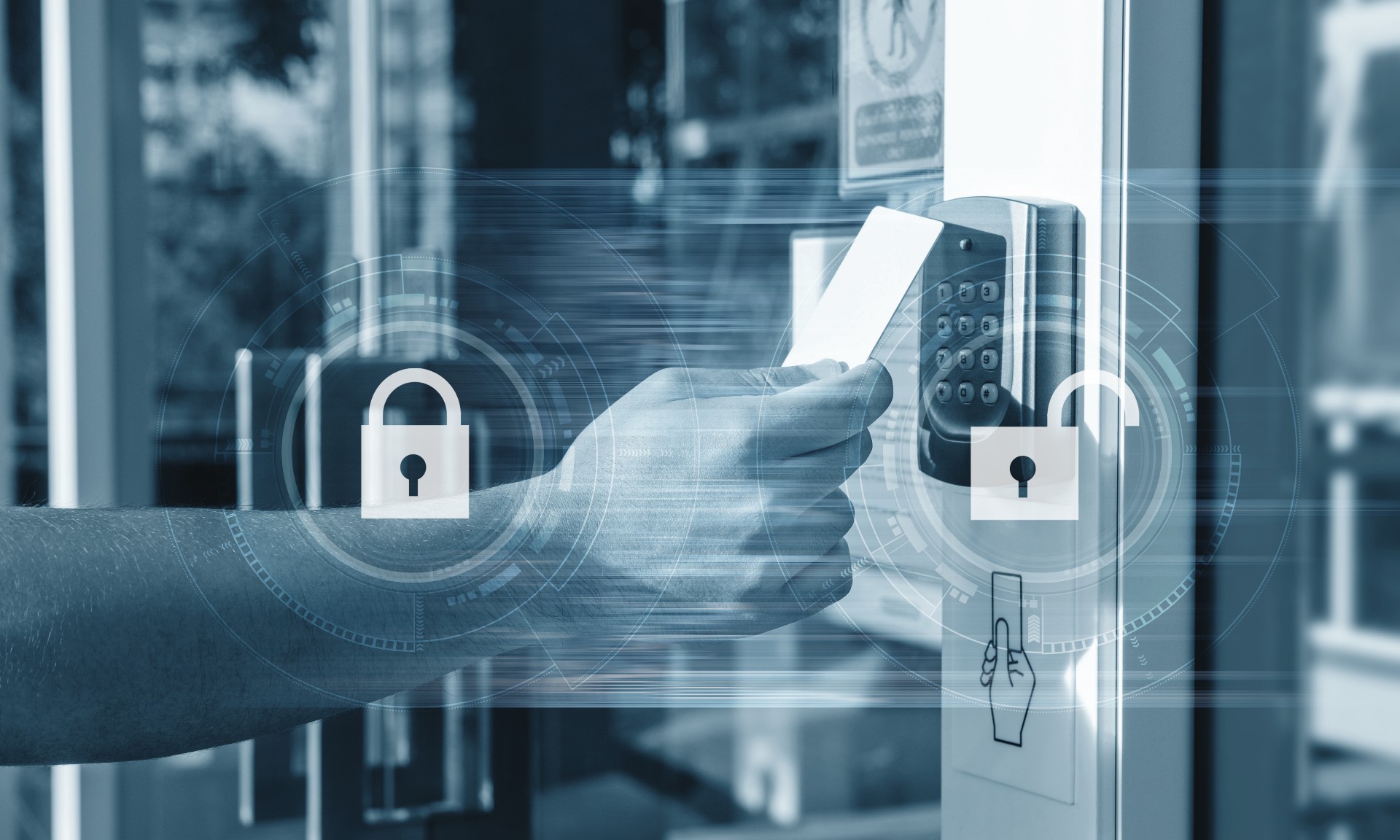Overcoming the Battle Between Security and Convenience with Access Control By Scot Sturges, Director of Business Development, North America, ACRE
Numerous security systems available on the market today can be challenging to understand, costly to manage, and require significant time commitments for deployment and monitoring. In the world of access control, new innovative products and features like SaaS, cloud-based access control, mobile credentials, biometrics, and similar technologies have all been successful in authenticating individuals and granting access in a simplified and convenient way.
However, with this being stated, it's important to note that building an open and welcoming atmosphere without apparent security obstacles means organizations may have to sacrifice elements that will heighten risk and liability. Let's take a look at a few ways individuals and organizations can better protect themselves and set themselves up for success by striking a balance between security and convenience.
The Unspoken Battle
In short, the modern goal of security is to deliver as much safety as the organization can supply in as transparent and straightforward a manner as possible to the user. Therefore, bringing the goals of security and convenience together creates a delicate balancing act, creating the most challenging part of security today.
Staff, employees, and students need to feel safe and secure at the most basic level. While this could have meant sacrificing a large amount of simplicity and convenience in the past, this is no longer the case. Today's security measures need to be streamlined and simplified to ensure proper use and a lack of frustration amongst users. So, this begs the question, how can both security and convenience be genuinely accomplished simultaneously?
Many security professionals are witnessing an unspoken battle being fought for security and convenience. And while many manufacturers and integrators desire for there to be a one-size-fits-all solution for streamlining security and access management, each organization and location requires individual access rights. Meaning every security system must have the flexibility to adapt to a customer's already existing or future security requirements and demands.
As our lives become more and more convenient thanks to technology, it, unfortunately, raises more and more concerns about risks and vulnerabilities such as hackers or bad actors. There is no denying that today's technological innovations are making individuals' lives easier, especially in the security industry, and access control is no exception. Specific access control solutions today offer open API architecture, and the flexibility and integration between systems allow individuals to move about easily through their campus, office, or other areas. And options like mobile credentials, cloud-based access control, and access control as a service (ACaaS) are now entirely viable options for many individuals and organizations.
With today's technology, smart cameras utilize biometrics to unlock phones, and smart doorbells provide the ability to open and lock doors, record video, and speak with the individual at the front door, all from the comfort of their phone. Often, convenience has become synonymous with a "single device" in the technology world. For some individuals, their access control credentials, smart camera, car keys, locks, and speakers are all controlled via mobile smart devices.
Both Security and Convenience are Equally Attainable
Even though individuals and organizations are aware of the risks and vulnerabilities that innovative technology can bring, the security and convenience that they also bring are more than worth it. And the great news is that both are achievable without sacrificing one for the other.
How is this possible?
Organizations and individuals can take a few extra and easy-to-do steps to create more secure home and office devices. Mobile phones, computers, and other devices contain important personal identifying information. As the Internet of Things (IoT) grows and threats become more relevant, making these few simple changes can help users stay safe while maintaining utmost convenience.
Multifactor authentication (MFA) or two-factor authentication (2FA) is an excellent layer of protection for access control. Individuals who utilize mobile access control solutions will find that their smart devices already use some variation, such as passcodes, biometric features, or security questions. While this might take a little extra time to utilize an app on the device, it serves as an extra layer of protection. It is an intelligent way to enact a balance between security and convenience.
Regarding an organization's access control system, leveraging open and unified platforms readily available on the market also enables users to configure their systems to correspond with unique security requirements. Organizations need to search for manufacturers whose solutions present built-in tools to quickly adjust to the changing environment and future challenges, leaving organizations readied rather than unprepared. Open architecture systems at their core provide the ultimate flexibility to deploy various cutting-edge devices to manage access without compromising security or convenience.
With the advancements in access control technology, building a security infrastructure around any building, door, and entryway based on the unique aspects of each site and individual is no longer just a far-fetched idea. This type of customization can be accomplished with access control systems on the market that support a plethora of options such as mobile devices, a simple glance, a tap of a card, or touching a finger, all while maintaining top-level security.
Conclusion
When searching for a new access control system, it's essential to search for an organization that has already defeated the battle between security and convenience and has created solutions that promote growth for both. Choosing open solutions that are flexible with existing security infrastructures without compromising any individual or asset is ideal. Whether through cloud-based access control, on-premises, or mobile, specific solutions can meet even the most unique needs. The number of connected devices used in offices and homes is multiplying, and with this, the chance of risks and threats evolves. However, it is more than possible to enjoy convenience with these innovative solutions while taking the necessary steps to ensure the utmost security.
For further information visit https://acre-co.com/



